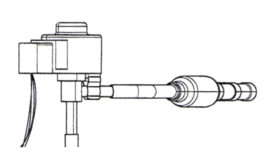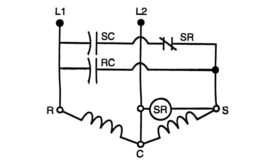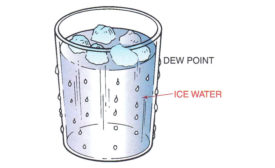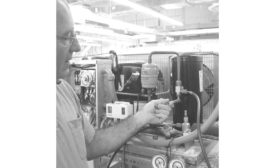Service and Maintenance
Implement a Maintenance Program to Ensure Reliable, Safe Boiler Operation
Heat exchanger maintenance is key
Read More
Troubleshooting Thermostatic Expansion Valves
If you believe that the TXV is the cause of a system problem, first try adjusting the valve
Read More
Copyright ©2024. All Rights Reserved BNP Media.
Design, CMS, Hosting & Web Development :: ePublishing













